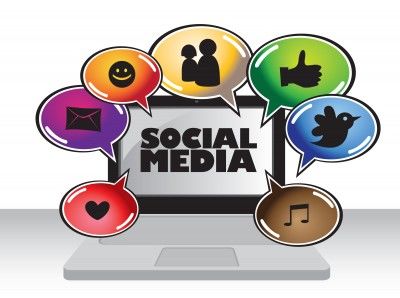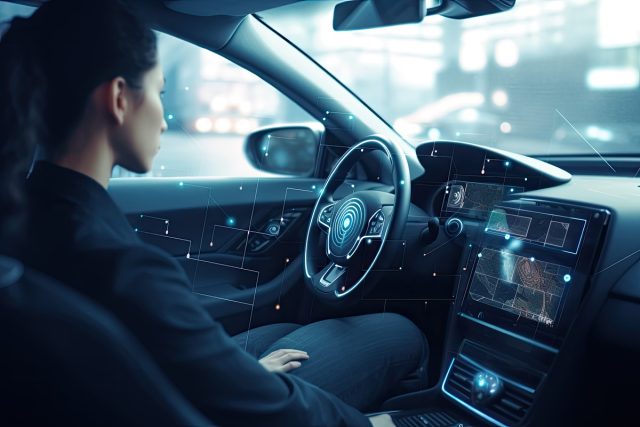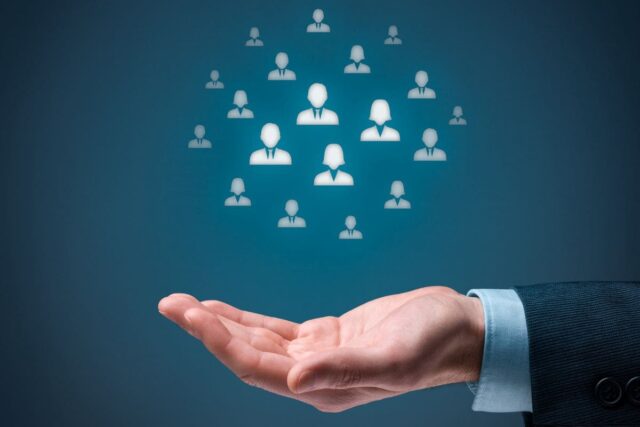September 02, 2025
Bills vs. Budgets: 56% of Americans Can’t Keep Up

New research from InvoiceCloud reveals that more than half of U.S. consumers (56%) have difficulty paying their essential monthly bills on time, while 28% report living paycheck to paycheck. Although 72% of people say they have some money left after covering basics, most have only $100–$500, and 1 in 5 are left with less than $100.
The data highlights the growing financial strain caused by high living expenses, a cooling job market, and global trade uncertainty. When asked which bills are truly essential, respondents prioritised groceries (89%), utilities (83%), cell phone service (72%), and transportation (63%). Non-essentials like dining out (54%), clothing (41%), and travel (38%) are the first areas people cut back on.
“Americans are under growing financial pressure, making it harder to pay essential bills on time,” said Kevin O’Brien, CEO of InvoiceCloud. “That’s why governments, utilities, and other service providers must support vulnerable constituents with digital payment tools that help keep vital services running.”
Even when extra funds are available, they’re often directed toward small lifestyle choices—29% spend on take-out or dining out, 18% on travel or leisure, and 16% on hobbies. Interestingly, 15% of consumers would rather save what’s left over than spend it.
Seasonal Pressures Add Fuel to the Fire
Nearly one in five (19%) admits that winter makes it even harder to stay current on bills, especially in colder regions where heating costs surge. InvoiceCloud’s platform data supports this trend, showing up to a 46% spike in late gas bill payments during the winter months in the Northeast and Midwest.
The digital divide is another barrier. Just 41% of consumers use online tools or apps to manage their finances, with Millennials (56%) and Gen Z (48%) leading the way. By contrast, Baby Boomers (35%) and Gen X (37%) lag behind, sticking to more manual payment methods.
With the federal Executive Paperless Check Order deadline approaching, closing this digital payments gap will be key. For organisations, modernising bill pay isn’t just about compliance; it’s an opportunity to strengthen relationships with consumers, offer flexible payment options, and ease financial stress for those who need it most.



